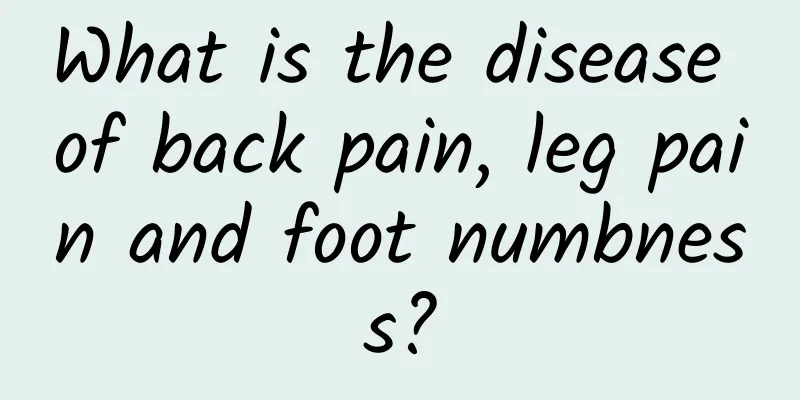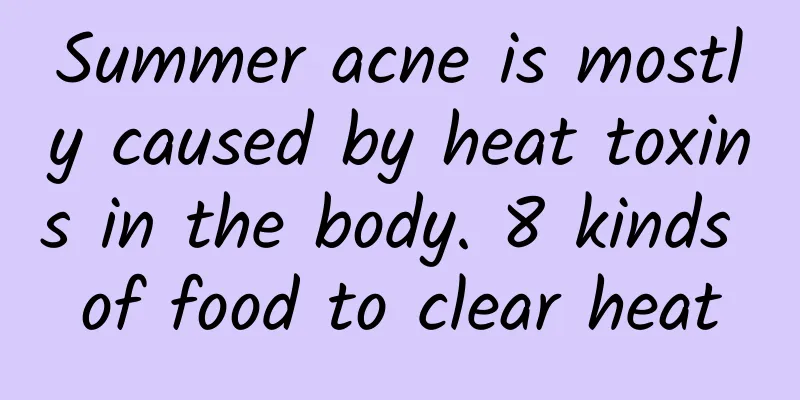What is pit and fissure sealing?

|
Pit and fissure sealant is a process of applying a special material to the pits and fissures. This material gradually becomes hard and will form a protective film that can resist bacterial damage, thereby preventing tooth decay. Generally, babies can undergo this treatment. Pit and fissure sealant treatment is best for children around six years old, and can achieve good results in preventing tooth decay. For young children who already have caries, this type of treatment should not be carried out for the time being. What is pit and fissure sealing? Pit and fissure sealant refers to a method of preventing pit and fissure caries by applying pit and fissure sealant materials to the pits and fissures of the occlusal surface and buccal and lingual surfaces of the tooth crown without damaging the tooth tissue. When the sealant flows into and penetrates the pits and fissures, it solidifies and hardens to form a protective barrier covering the pits and fissures, which can prevent caries-causing bacteria and acidic metabolites from eroding the tooth, thereby achieving the goal of preventing pit and fissure caries. Pit and fissure sealing is a painless and non-traumatic method that has been used internationally for more than 50 years. To put it simply, it is to put on "protective clothing" for the baby's teeth to prevent bacteria and other factors from eroding the teeth, in order to avoid the occurrence of caries. The best time to do pit and fissure sealing There are many uneven pits and grooves on the large teeth in our mouths, and the function of these pits and grooves is to help us chew food. Therefore, these pits and fissures are relatively deep, making it easy for bacteria to accumulate, which can cause the teeth to be damaged easily. Therefore, the role of pit and fissure sealing can protect teeth from erosion by food and bacteria, thereby enhancing the ability of teeth to resist caries. The sixth molars are the most important teeth responsible for chewing functions. They will generally erupt completely when the baby is 7-8 years old. If you do not pay attention to protection at this time, it will easily lead to caries in the baby's teeth. Therefore, this stage is the best age for pit and fissure sealing. Generally speaking, the ideal sixth-year molars should be treated three times: once for the deciduous molars when the baby is 3-4 years old, once for the sixth-year molars when the baby is 6 years old, and once for the bicuspids and second permanent molars when the baby is 12 years old. However, if parents find it troublesome, they should at least seal their baby's sixth-year molars when the baby is 6 years old. What should not be done? Pit and fissure sealing can only prevent tooth decay, but cannot treat tooth decay. Because if you do not treat tooth decay and directly perform pit and fissure sealing, the bacteria in the carious area will still survive and multiply, making the caries become more and more serious. Therefore, if you want to do pit and fissure sealing, you must do it after treating caries through filling methods. |
<<: The pros and cons of pit and fissure sealing
>>: At what age should children undergo pit and fissure sealing?
Recommend
Chest tightness after dreaming
The human brain will not stop working completely....
Male chest congestion
Regardless of whether we are men or women, we all...
Peeling of soles in winter
In winter, the soles of the feet are actually ver...
How to treat mumps and testicular inflammation
You can see many students suffering from mumps in...
What are the methods of Chinese medicine to treat lung cancer?
For the treatment of lung cancer, both Western me...
What to do if your lips turn black from smoking
For people who smoke frequently, their lips often...
What everyone does before going to bed is ruining their youth!
Many people have the habit of drinking water befo...
What is the best ointment for hemorrhoids?
Hemorrhoids are a relatively common disease. When...
How to deal with facial skin allergies
I believe that almost everyone has experienced al...
Why does my child have an unexplained fever?
Children will inevitably get sick as they grow up...
What is the cause of giant ear acne?
The main cause of giant ear acne is excessive sec...
What causes lower abdomen and back pain?
Lower abdominal and back pain are common in women...
What causes tracheal pain?
Tracheal pain is often caused by inflammation. Re...
What causes chest pain?
Many people have experienced sudden chest pain. B...
What causes dull pain in left groin?
There is inflammation and pain in the left groin....









